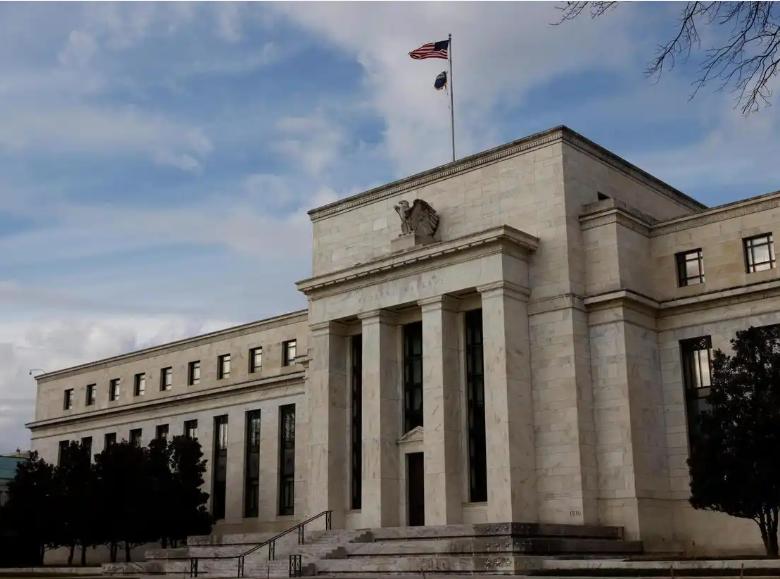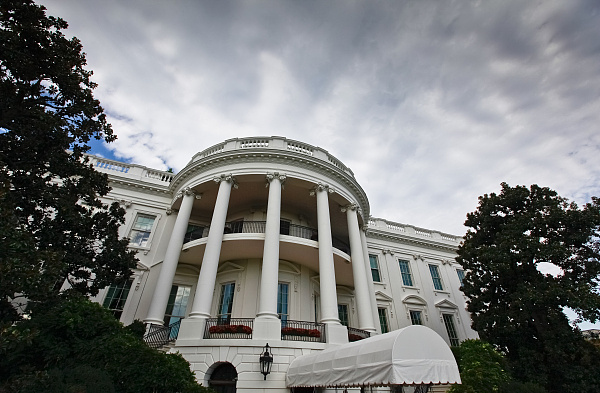
On October 29th, local time, the Federal Reserve concluded a two-day monetary policy meeting and announced a reduction of the target range for the federal funds rate by 25 basis points to between 3.75% and 4.00%. This marks the second rate cut by the Fed following the 25 basis point reduction on September 17th, and the fifth since September 2024. The Federal Open Market Committee, the policymaking body of the Fed, issued a statement noting that current indicators suggest that economic activity has been expanding at a moderate pace, with employment growth slowing down this year, the unemployment rate slightly rising, and downside risks having increased recently. On the other hand, inflation has risen since the beginning of the year and remains at a relatively high level. The Committee believes that uncertainty about the economic outlook remains high. In light of the evolving balance of risks, the Committee has decided to reduce the target range for the federal funds rate by 25 basis points.
The Federal Reserve's decision to cut interest rates again is undoubtedly a highly anticipated move in the financial sector, bringing with it complex and multifaceted impacts. Firstly, it affects the exchange rate market and monetary policy. The interest rate cut directly diminishes the attractiveness of the US dollar, driving the appreciation of non-US currencies. On October 30th, the onshore RMB exchange rate against the US dollar once rose to 7.0955, marking its strongest level since November 2024. The weakening trend of the US dollar may persist, but due to global policy divergences, the depreciation rate may be controlled. The appreciation of the RMB reduces overseas consumption costs, lowering the expenses for studying abroad, overseas shopping, and outbound tourism. Meanwhile, the narrowing interest rate differential between China and the US alleviates the pressure on RMB depreciation, increasing foreign investors' motivation to increase their holdings of RMB bonds, especially treasury bonds and policy-backed financial bonds. This highlights the value of allocating to Chinese bonds. Following the Fed's interest rate cut, the Bank of Canada has announced a 25 basis point cut to 2.25%. Many central banks may release liquidity through measures such as cutting reserve requirements and purchasing bonds, supporting government bond issuance and stabilizing the real estate market. The interest rate cut promotes the shift of funds from US dollar assets to emerging markets, but short-term capital inflows may exacerbate exchange rate fluctuations. Emerging markets need to be vigilant against the cycle of "capital inflows - exchange rate appreciation - rising inflation", balancing capital openness with financial stability.
Secondly, the impact on the stock market and bond market. After the interest rate cut, the three major U.S. stock indexes experienced a sharp drop during trading, but technology stocks performed strongly. NVIDIA rose nearly 3%, with its market capitalization exceeding $5 trillion; Google rose by more than 2%, while Apple, Amazon, Tesla, and others saw modest gains. In the long run, a low-interest rate environment supports the valuation expansion of technology stocks. The trend of foreign capital flowing back to emerging markets may boost the valuation of the technology sector in A-shares, coupled with domestic AI policy support, high-tech and high-growth enterprises are ushering in a window of development. If the Fed's policy shifts, the risk of capital outflow may increase, and it is necessary to be vigilant about the valuation bubble in the technology sector. Although the interest rate cut has driven down the yields of U.S. Treasury bonds, long-term bonds and investment-grade corporate bonds have become the preferred safe-haven choices. However, the central banks of Europe and Japan may maintain a tightening stance, and policy differentiation limits the depreciation of the U.S. dollar, weakening the boosting effect on emerging market bond markets. The narrowing interest rate spread between China and the United States alleviates the pressure of RMB depreciation, and foreign investors' willingness to increase their holdings of Chinese bonds (especially treasury bonds and policy-related financial bonds) has increased. In the global low-interest rate environment, the stable income attribute of Chinese bonds is more attractive.
Thirdly, the impact on the commodity market. After the interest rate cut, the short-term volatility of gold prices intensified. However, in the medium and long term, the decline in real interest rates and geopolitical risks may continue to support gold prices. Historical data shows that gold prices have risen in each of the past four rounds of interest rate cuts by the Federal Reserve. In this round of interest rate cuts, the London gold price has increased by about 55%. Crude oil prices may benefit in the short term due to the weakening of the US dollar and improved demand expectations, but the medium and long-term trend still depends on the global economic growth trend.
In summary, the Federal Reserve's recent 25 basis point interest rate cut is akin to dropping a pebble into the still waters of the global financial market, triggering ripples of change. This policy adjustment serves not only as a catalyst for short-term market fluctuations but also as a recalibrator for medium- and long-term asset allocation strategies. Investors must seize structural opportunities amidst these fluctuations, while remaining vigilant to potential risks posed by policy divergences and data distortions.

Below is the English translation of the text, with precise handling of political terms, consistent sentence structures, and preservation of the original’s analytical tone and logical flow:
Below is the English translation of the text, with precise …
On December 15 local time, Trump took the British Broadcast…
In recent years, the application of artificial intelligence…
According to Yahoo US media reports, the recent remarks of …
After 11 years of waiting in the deep sea, we finally have …
On December 17, 2025, the newly renovated American "Preside…